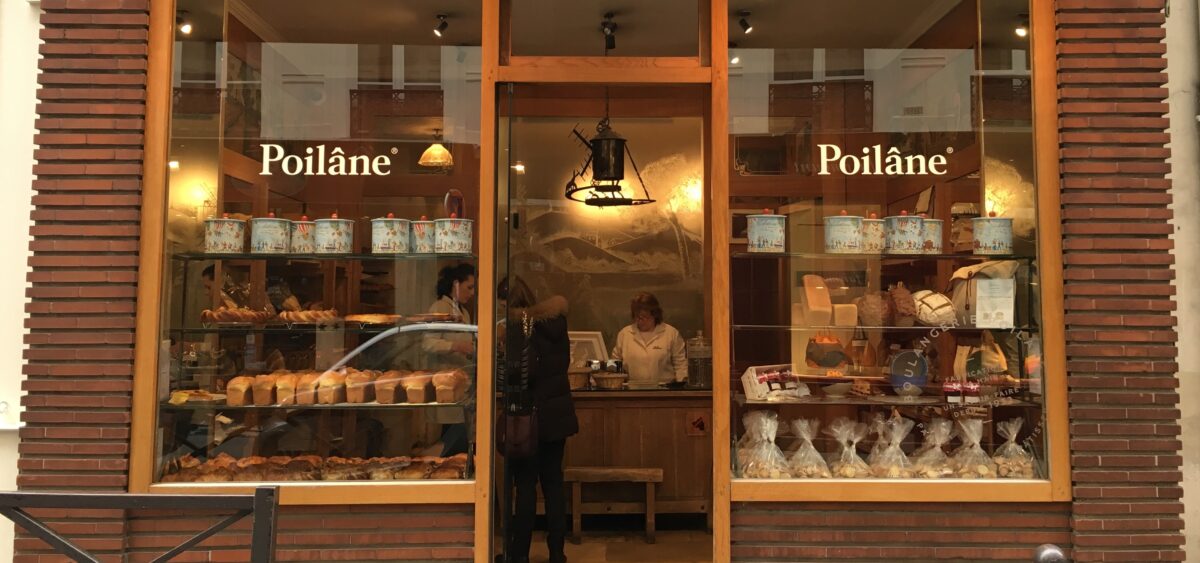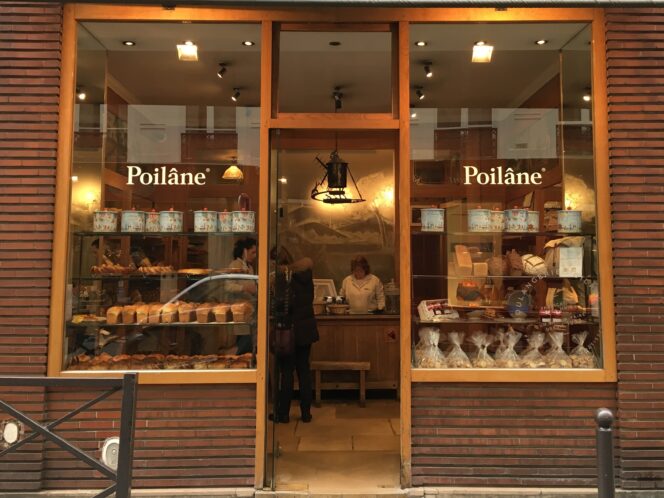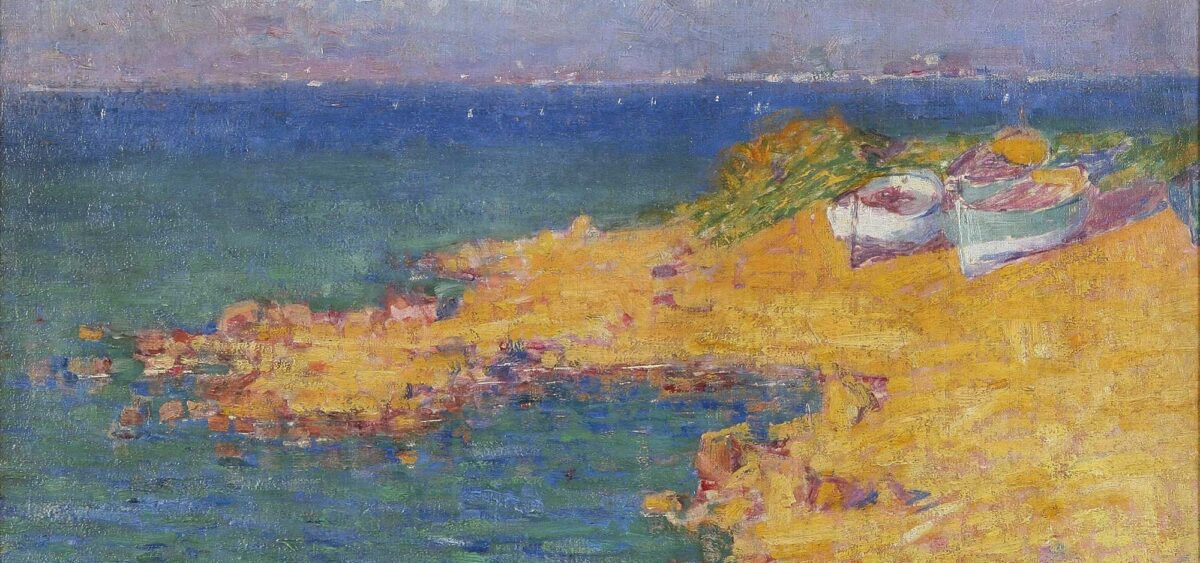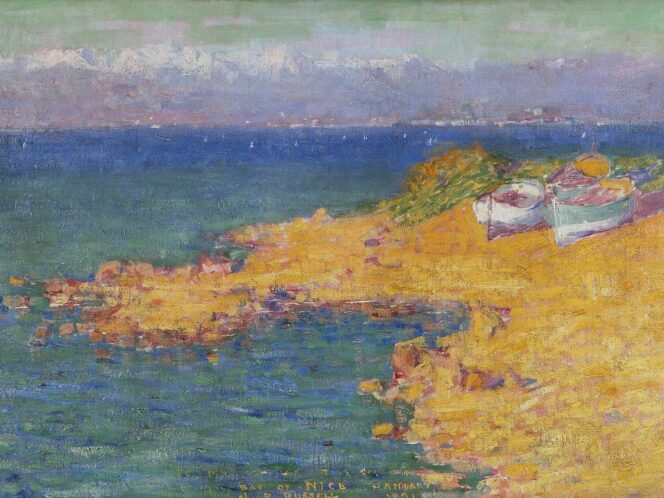
In the 1930s in Paris, a baker from Normandy, Pierre Poilâne, founded the Poilâne bakery. His granddaughter, Apollonia, took over the family business at just eighteen years old when her parents died in an accident. She now runs the company. Parisians, foodie tourists, and culinary authors such as Nigella Lawson, David Lebovitz, and Dorie Greenspan all love their Pain Poilâne (sourdough bread). Interestingly, the bakery (according to many, the most famous in France) does not sell baguettes. However, it is open to other orders— at Salvador Dalí’s request, a bread dough replica of his bedroom was baked here.
Feeding the Artists
“I once heard a story about a painter who, for three years, would go into the same bakery every morning and say ‘fin de siècle’ and was given a small loaf of rye bread (pain de seigle). He never learned that these words meant something else,” wrote Tadeusz Boy-Żeleński in an anecdote about the Polish community in Paris. This sketch was published in his 1927 book, W Sorbonie i gdzie indziej. Wrażenia paryskie [Sorbonne and Elsewhere: Paris Impressions]. This particulate painter could not have bought his pain de seigle loaf at the Poilâne bakery at 8 Rue du Cherche-Midi, because it didn’t open until five years later, in 1932. Nevertheless, the anecdote is very much to the point—at the time, many struggling artists lived in the area. They could hardly pay their rent, and little money was left for food. Stories about the scarcity experienced by poor artists on the left bank of Paris during the interwar period can be found in literature—from Hemingway to Izabela Czajka-Stachowicz. “I was always hungry with the walking and the cold and the working,” writes Hemingway in A Movable Feast, a book about his youth in Paris. He cheated hunger with milky coffee (when he spent hours in a café, writing), a few roasted chestnuts (when he wrote in his








